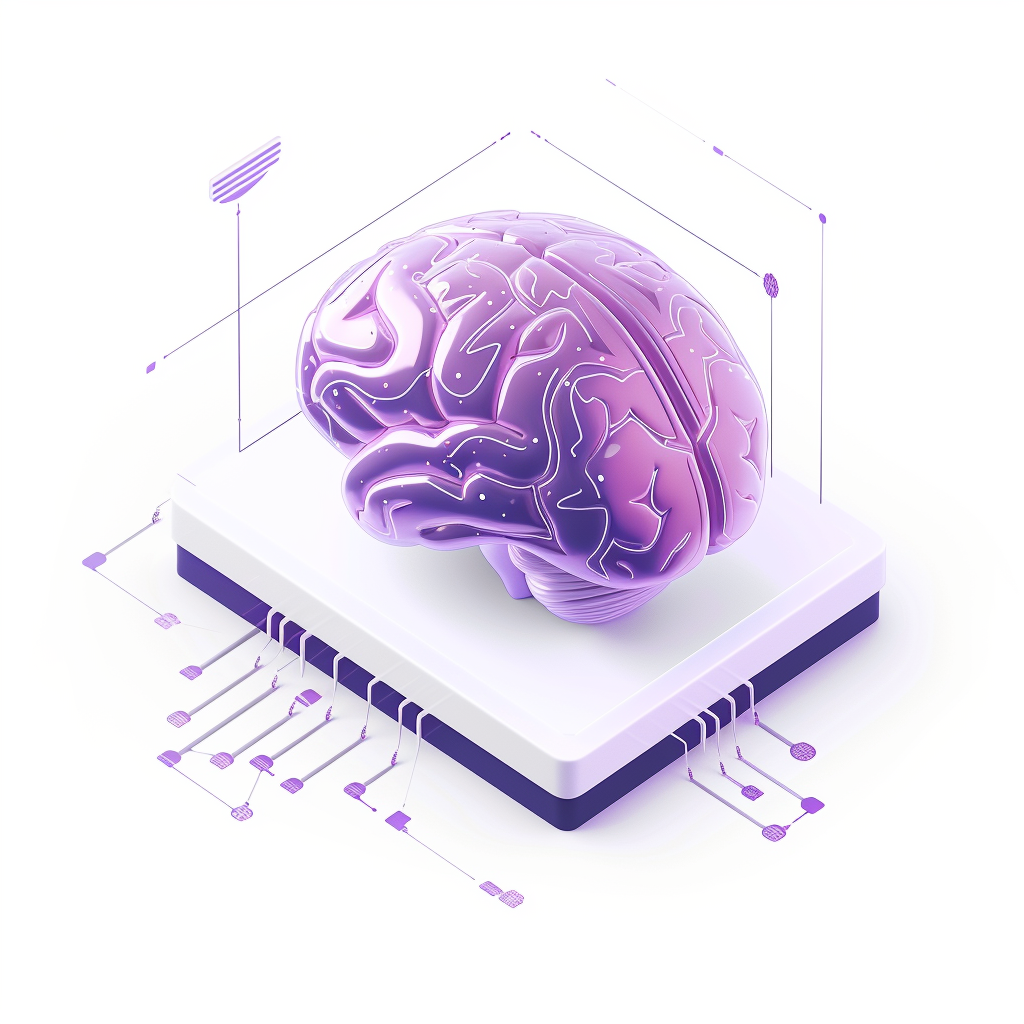In the fast-paced world of business, decision-making can be a complex process. While instincts and gut feelings play a role, relying solely on them can be risky. Here is a list of 20 frameworks that help you think clearly, analyze options, and make smarter decisions.
Below are the top 20 ChatGPT prompts that use various techniques to guide your business decisions.
1. Blue Ocean Strategy
The Blue Ocean Strategy encourages companies to break out of saturated markets and create new spaces, or “Blue Oceans,” that are ripe for innovation. Rather than battling competitors, the focus is on making the competition irrelevant. This strategy is best for businesses looking to innovate or enter a new market space.
Prompt: “Apply the Blue Ocean Strategy to evaluate [my business decision]. Focus on creating uncontested market space rather than competing in existing industries.”
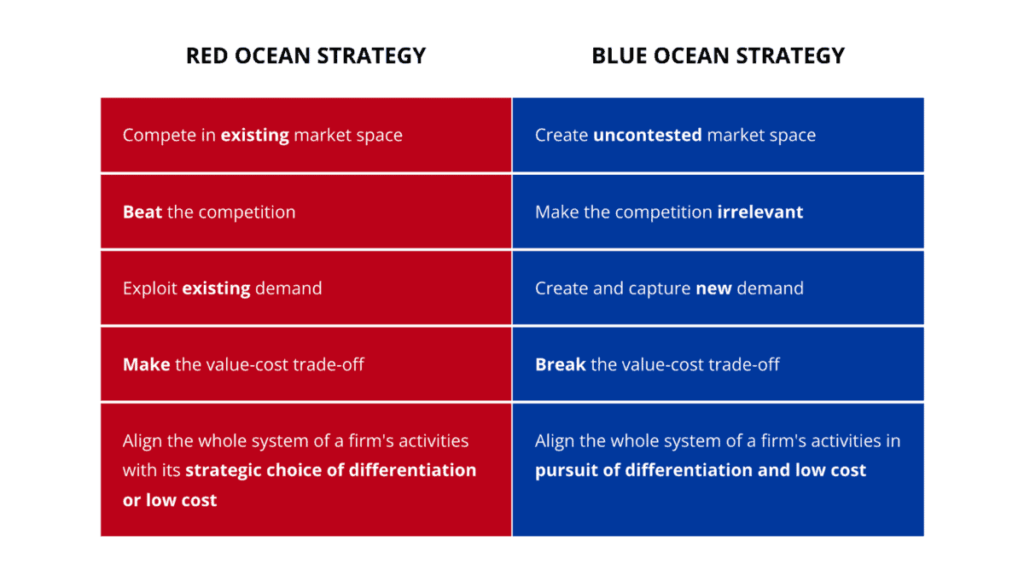
2. Scenario Planning
Scenario Planning involves crafting different future scenarios to understand risks and opportunities better. Often used by policy-makers and CEOs, this method can be useful in situations with high levels of uncertainty. By exploring multiple futures, you can prepare strategies for the most likely outcomes.
Prompt: “Apply Scenario Planning to assess [my business decision]. Create different future scenarios and analyze how the decision performs in each to identify potential risks and opportunities.”
3. The OODA Loop (Observe, Orient, Decide, Act)
Developed by military strategist John Boyd, the OODA Loop is about making quick, informed decisions in situations that are rapidly changing. It’s particularly useful in competitive environments where speed and adaptability are crucial. You observe the situation, orient yourself, decide, and then act.
Prompt: “Use the OODA Loop to evaluate [my business decision]. Cycle through observing the situation, orienting yourself, making a decision, and taking action, then repeating as necessary.”
4. Pre-Mortem Analysis
In Pre-Mortem Analysis, you assume that your decision has already failed and then analyze what could have led to this outcome. This approach helps teams identify potential issues before they become real problems. It’s most effective when you’re undertaking large projects or changes that involve significant risks.
Prompt: “Utilize Pre-Mortem Analysis to assess [my business decision]. Imagine a future failure of the decision and work backward to identify potential causes and mitigation strategies.”
5. Risk-Reward Analysis
Risk-Reward Analysis involves a straightforward evaluation of the potential risks against the possible rewards of a decision. This is particularly useful when you have multiple options to consider and need to understand the balance between potential gain and risk. It can be applied across various functions and scales of business.
Prompt: “Analyze [my business decision] through Risk-Reward Analysis. Evaluate the potential risks against the potential rewards to understand the balance and make an informed decision.”
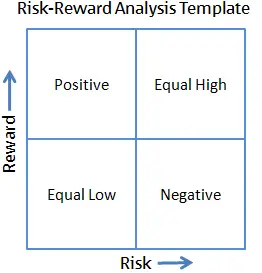
6. Cross-Functional Perspective
This approach involves consulting multiple departments within your organization to see how a decision affects different areas of the business. This is invaluable for decisions that have widespread impact across the organization. By involving diverse perspectives, you increase the chances of identifying blind spots.
Prompt: “Evaluate [my business decision] with a Cross-Functional Perspective. Involve multiple departments or teams to ensure a comprehensive understanding of how the decision affects various aspects of the business.”
7. Temporal Discounting
Temporal Discounting is a cognitive bias where future rewards are perceived to be less valuable than immediate ones. This model can be particularly useful for decisions involving long-term investments or delayed rewards, helping businesses avoid overly short-term thinking.
Prompt: “Use Temporal Discounting to analyze [my business decision]. Consider how the value of outcomes changes over time and how that might influence the decision-making process.”
8. Resource-Based View
This model focuses on leveraging a company’s internal resources for success. It’s especially useful for businesses looking to exploit their existing strengths in new ways or markets. By taking stock of internal capabilities and resources, companies can identify how to best respond to external opportunities and threats.
Prompt: “Apply the Resource-Based View to evaluate [my business decision]. Focus on leveraging the company’s internal strengths and weaknesses in relation to external opportunities and threats.”
9. Prospect Theory
Developed by behavioral economists, Prospect Theory explores how people perceive gains and losses. This theory is most relevant for decisions that involve risks and uncertainties, such as investments or new market entries, as it helps understand human behavior under these conditions.
Prompt: “Utilize Prospect Theory to assess [my business decision]. Understand how people perceive gains and losses and how that can influence decision-making.”
10. The Eisenhower Matrix
The Eisenhower Matrix helps prioritize tasks by dividing them into four categories based on urgency and importance. This tool is highly effective for time management and is ideal for anyone feeling overwhelmed by tasks, from interns to CEOs.
Prompt: “Use the Eisenhower Matrix to evaluate [my business decision]. Categorize tasks or elements based on urgency and importance to prioritize effectively.”
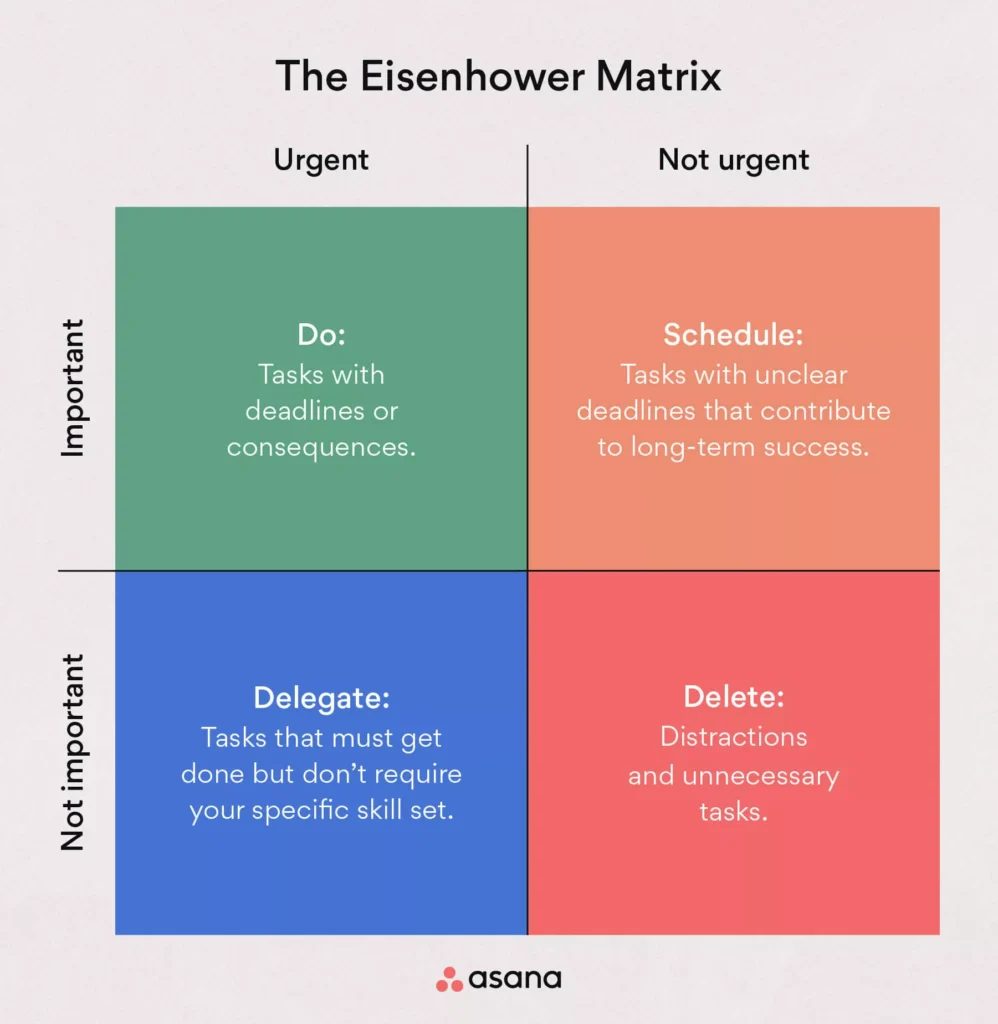
11. The Tipping Point
Coined by Malcolm Gladwell, the Tipping Point refers to the critical point in a situation, process, or system beyond which a significant and often unstoppable effect or change takes place. It’s useful when considering market trends or product adoption rates, helping you identify whether a small effort could result in outsized gains.
Prompt: “Analyze [my business decision] by considering The Tipping Point. Identify if you are near the threshold where a small change can lead to significant effects.”
12. Six Thinking Hats
Developed by Edward de Bono, this method encourages individuals to adopt different perspectives (“hats”) for decision-making. There are six hats: white for facts, yellow for benefits, black for cautions, red for feelings, green for creativity, and blue for process. It’s useful for group discussions where diverse viewpoints are needed.
Prompt: “Evaluate [my business decision] through the Six Thinking Hats method. Analyze the decision from different perspectives such as logical, emotional, cautious, creative, and more.”

13. Social Proof
This psychological phenomenon means people are more likely to engage in an action if they see others doing it. It’s particularly relevant in marketing decisions but can apply to various aspects of business where public perception impacts outcomes.
Prompt: “Assess [my business decision] by considering Social Proof. Understand how the influence of others in the market or industry may affect the success or failure of the decision.”
14. The Pygmalion Effect
This psychological theory posits that greater the expectation placed upon people, the better they perform. It’s useful for management decisions involving team performance or human resources, helping leaders understand how their expectations can shape outcomes.
Prompt: “Apply the Pygmalion Effect to analyze [my business decision]. Recognize how expectations can influence outcomes, both positively and negatively.”
15. Heuristics and Decision Trees
Heuristics are mental shortcuts or “rules of thumb” used to simplify decision-making. Decision Trees, on the other hand, provide a structured visual representation of choices. Combined, they help in breaking down complex problems into simpler parts for easier understanding and action.
Prompt: “Evaluate [my business decision] using Heuristics and Decision Trees. Create simplified models to understand complex problems and find optimal paths.”
16. Cynefin Framework
This decision-making model categorizes problems into four types: simple, complicated, complex, and chaotic. Each type requires a different approach for resolution. This framework is useful for business leaders dealing with problems that are not easily understood and need a nuanced approach.
Prompt: “Utilize the Cynefin Framework to assess [my business decision]. Categorize the problem within domains such as simple, complicated, complex, and chaotic to choose the best approach.”
17. Long Tail Strategy
The Long Tail Strategy focuses on niche markets and products rather than the mainstream. This is particularly useful for online businesses or those with diverse product offerings, helping them to recognize how small niches can contribute to overall success.
Prompt: “Analyze [my business decision] focusing on the Long Tail Strategy. Consider how niche markets or products may contribute to overall success.”
18. The Butterfly Effect
This theory posits that a small change in one area can result in significant impacts in another. It’s often useful in systems thinking, helping managers or decision-makers understand the interconnected nature of various business elements.
Prompt: “Evaluate [my business decision] while considering the Butterfly Effect. Recognize how small changes in one area can lead to significant impacts in others.”
19. Cost-Benefit Analysis
This method involves comparing the benefits of an action to the costs associated with it. It’s a fundamental analysis tool in business, suitable for various decisions from investments to operational changes.
Prompt: “Apply Cost-Benefit Analysis to assess [my business decision]. Analyze the expected balance of benefits and costs, including possible risk and uncertainties.”
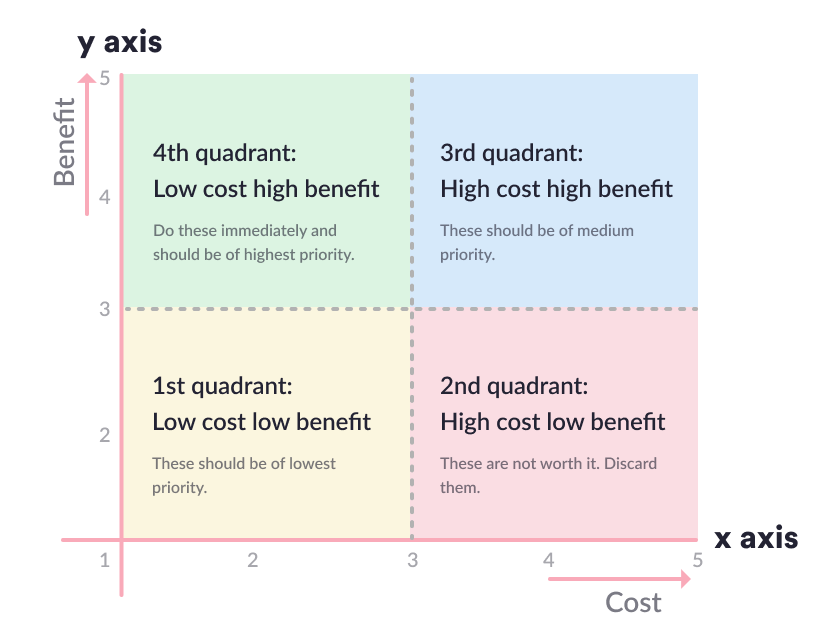
20. Emotional Intelligence
Emotional Intelligence involves recognizing, understanding, and managing our own emotions, as well as recognizing, understanding, and influencing the emotions of others. This is particularly useful in any decision that involves human interaction, from employee management to customer engagement.
Prompt: “Evaluate [my business decision] with Emotional Intelligence in mind. Recognize and manage both your own and others’ emotions to make more empathetic and effective decisions.”
Conclusion
The journey to sound decision-making in business is often complex and multifaceted. The world of business is rife with variables and uncertainties, making it crucial to have a set of reliable tools at your disposal. This article presented 20 such techniques, encapsulated as prompts based on proven mental models and frameworks, designed to guide you through various scenarios.
But remember, these techniques are not one-size-fits-all. The true power lies in your ability to adapt, mix, and even reinvent these frameworks based on the unique challenges and opportunities your business faces. As Peter Drucker once said, “Whenever you see a successful business, someone once made a courageous decision.”
So go ahead, make your courageous decision today, but do so with the wisdom that these decision-making techniques offer. By mastering these tools, you’ll not only be investing in your immediate choices but also in your long-term capabilities as a business leader. Happy decision-making!


